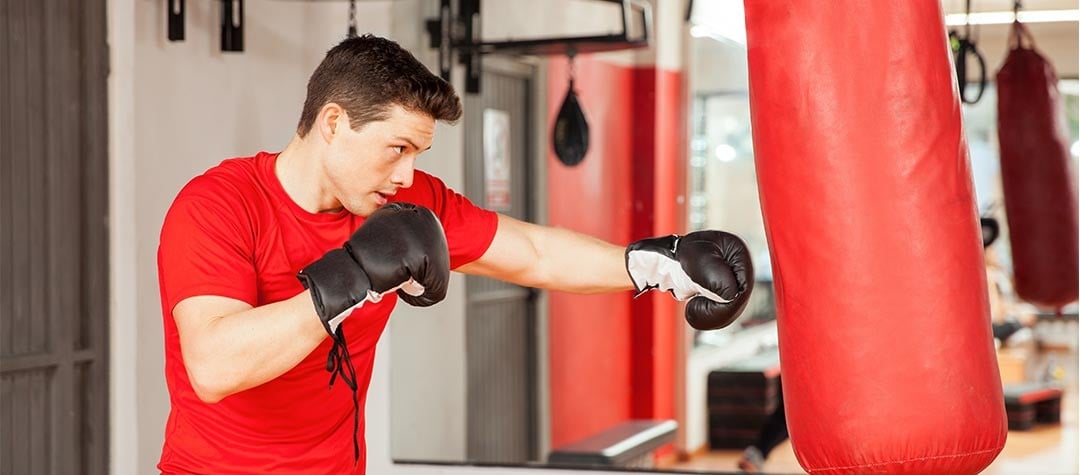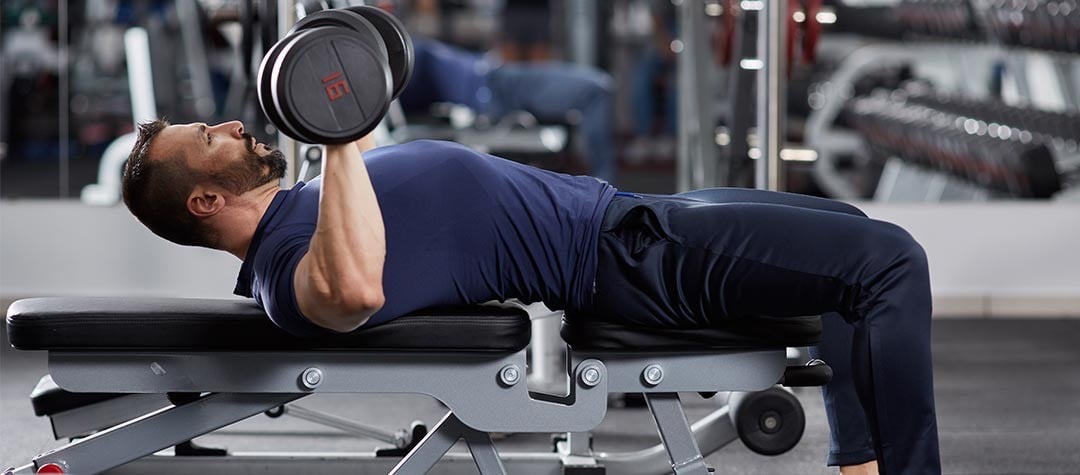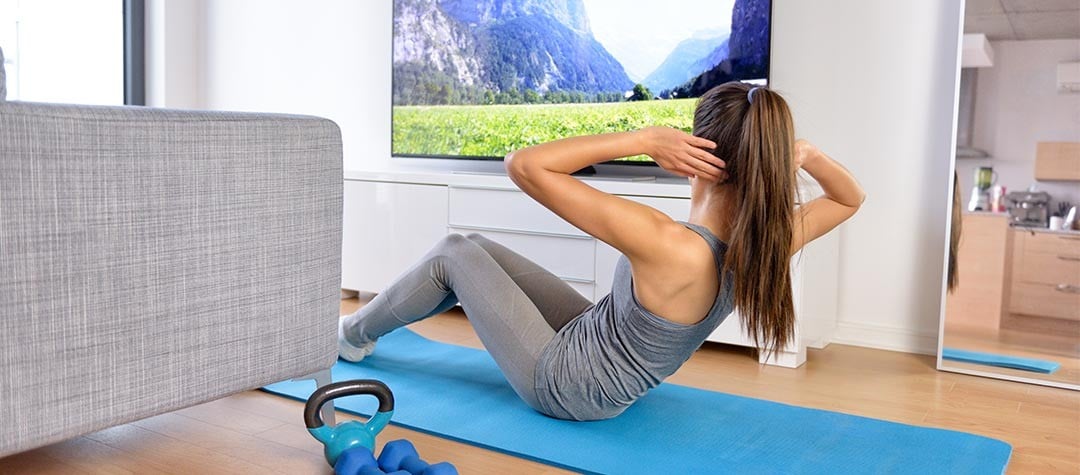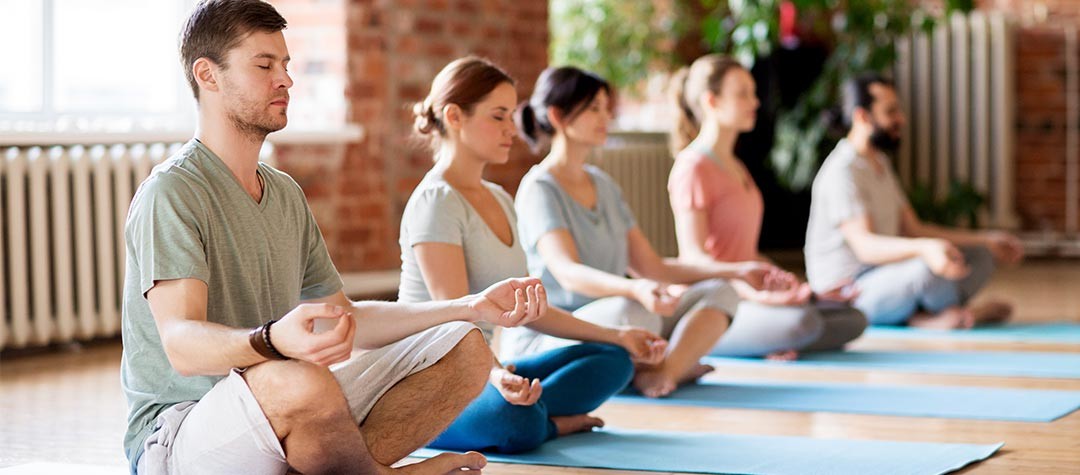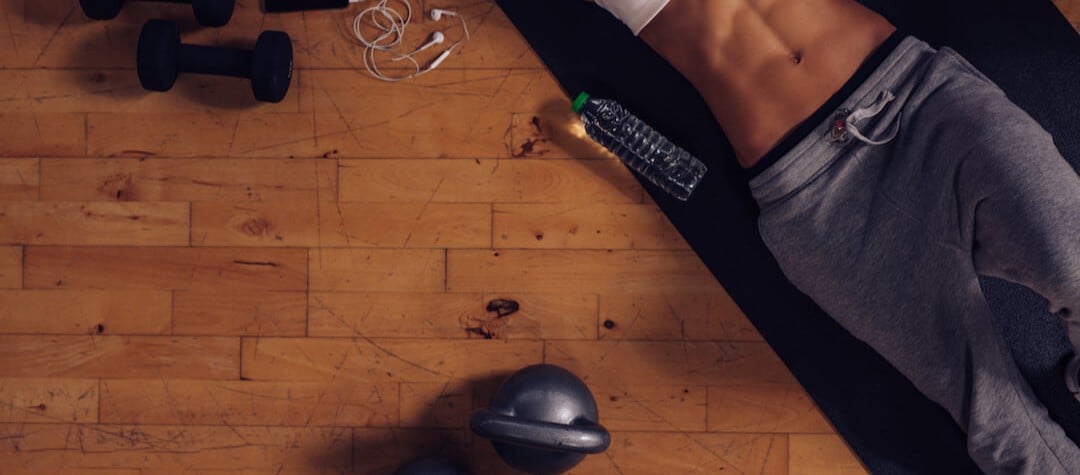When it comes to the outdoors, there’s no taking shortcuts, so check out our list of essential equipment you’ll need.
First aid kit
Always carry a first aid kit with you in the great outdoors. Your first aid kit needs to be lightweight but also include everything you could possibly need should you be injured or fall ill when outdoors.
- Before rushing off on your next outdoor adventure, make sure you get yourself a first aid kit. Carrying a first aid kit is essential for any outdoor activity!
- A good first aid kit will be compact, lightweight and inexpensive.
- As well as carrying a first aid kit, it is well worth taking the time to invest in some basic first aid training. First aid courses are very affordable, easy to learn and short in duration, and can prove to be invaluable in the great outdoors.
Footwear
There is a bewildering array of outdoors footwear available — but experienced retail staff will guide you to the right choice. Making sure you get the correct outdoor shoes and socks is a must if your experience isn’t to be ruined by ill-fitting or ill-suited outdoor footwear.
- Not much can ruin your outdoor adventures more than the pain, discomfort, soreness and blisters caused by ill-fitting footwear — so make sure you spend plenty of time and money selecting good-fitting footwear that is suited to your activities.
- We all have differently sized and shaped feet, so visit a reputable outdoor retailer who offers a specialist footwear fitting service.
- Investing in good quality socks can be just as important as getting good boots or shoes, as socks offer padding for ‘impact’ areas of the feet as well as wicking sweat away from the feet in order to prevent blisters.
Headlamp
Always carry a compact, lightweight headlamp, even if you do not think you will need one. Quite often outdoor enthusiasts can be caught out in the dark unexpectedly if a walking, cycling or kayaking trip takes longer than expected.
- Headlamps come in all shapes and sizes, and are suitable for many different activities — from camping to caving.
- Using a headlamp means that both hands will be left free to carry out tasks, rather than one hand having to hold a torch. So, wearing a headlamp is even useful when you’re cooking at night!
- If you are carrying a headlamp then you will be able to see and navigate in the dark — but without one you’ll be left in the dark!
- Make sure you select a weatherproof and robust design for outdoor use.
Map and Compass
No matter what activity you enjoy in the great outdoors, you won’t get very far if you don’t know where you’re going, so always carry a map and compass or other navigation device!
Always carry a map and compass, as you won’t get far without them!
- Being able to navigate is essential for many outdoor activities — and will add to your safety and enjoyment too!
- Don’t just stick a map and compass in the bottom of your rucksack: make sure you actually learn how to use them too.
- Map reading skills are quick and simple to learn, as well as being fun and enjoyable plus they can often be more reliable than relying on technology to navigate your way.
Phone
Always carry at least one phone on all your outdoor adventures. In the event of something going wrong while out in the great outdoors, you should still have a means of getting help through a phone.
- A phone should always be carried on all your adventures. Seal your phone in a waterproof bag when you don’t need to use it, and always keep it in a protective case.
- If possible, carry a number of handsets with you that work on different networks, in order to increase your chances of always being able to obtain a signal.
- If you are in very remote areas away from network coverage, then it is a good idea to carry hand-held two-way radios to allow members of your party to keep in contact.
- Always make sure phone batteries are fully charged before you leave!
- If you’re doing a long-distance trek, a satellite phone is worth investing in.
Pocket Knife
A Swiss Army-style pocket knife is more than ideal for many outdoor activities. With an array of useful tools and features, a pocket knife can provide what you need to get by in the great outdoors. Some outdoor activities will require pocket knives with other accessories to enable you to do equipment repair.
To get out there and enjoy the great outdoors, you don’t need to rush off and buy a ‘Rambo’-style survival knife! A basic ‘Swiss Army’-style pocket knife with the following features is more than ideal for many outdoor activities:
- Can opener
- Small and large screwdriver heads
- Reamer and punch
- Tweezers
- Woodsaw
Backpack
Buying a decent rucksack, and one that is suited for your purpose, is essential if you are to avoid injury from an ill-fitting rucksack. There are a huge variety of rucksacks available on the market — all of which are designed for different activities.
- Outdoor enthusiasts will usually need to carry all the equipment they will need for their outdoor adventures with them — so you should make sure you take a good quality rucksack with you.
- Select the rucksack best suited to your needs — but don’t skimp on price when making your purchase, as many long-term back injuries can be caused by ill-fitting rucksacks.
- Take time to visit a reputable outdoor retailer and get your rucksack fitted properly. As with clothes and footwear, different people will need to get different rucksacks, since we are all different shapes and sizes!
Survival Bag
Always carry a survival bag with you in the great outdoors. This simple lightweight bag could be the difference between life and death should you get into difficulties in the great outdoors.
- A survival bag is an essential piece of kit for all outdoor enthusiasts.
- Plastic survival bags are inexpensive and weigh very little to carry, but could make all the difference in an emergency situation.
- A survival bag will keep a casualty protected from wind and rain, and will be highly visible in order to attract rescue services.
- A plastic survival bag is large enough for two people, but larger parties should always carry a group shelter big enough to accommodate the entire group.
Group shelters should be carried on outdoor adventures to provide shelter to a group of people in an emergency.
Waterproofs
Invest in a good waterproof jacket and pair of trousers to keep you protected from the elements on all your outdoor adventures.
- A waterproof jacket and pair of trousers will be essential equipment to wear during many outdoor activities in order to keep wind, rain and snow away from your body.
- Modern waterproof garments are made from ‘breathable’ fabrics, which let sweat and perspiration escape but prevent rainwater from entering the garments.
- Waterproofs keep the user dry, warm and comfortable in wet conditions, and also prevent the risk of hypothermia in extremely cold conditions by removing any unwanted moisture away from the body.
Weatherproof lighter
We’ve all been there; trying to light a match or a lighter when it’s pouring with rain, it’s blowing a gale, or even worse — your matches are soaking wet. That’s why you should never be without a weatherproof lighter. It’s one of the most essential pieces of outdoor equipment for you to take on your outdoor adventures.The UST waterproof & windproof lighter is a great option, and isn’t too expensive either.
- Make sure you invest in a robust weatherproof lighter that can be used in windy outdoor conditions.
- There are many lighters available from outdoor retailers, but make sure you select a model that is easy to operate — even when wearing gloves or mitts — and that is easy to re-fuel.
- Taking a lighter means you will always be able light your fire or stove — which means you won’t get cold and will be able to cook your meals.











